Buy the photo Vestiges of a Javanese spiritual empire by Frank Photos on canvas, ArtFrame, poster and wallpaper, printed on demand in high quality.
About "Vestiges of a Javanese spiritual empire"
by Frank Photos
About the artwork
Under the bright skies of Yogyakarta, the ruins of Candi Sewu still stand proudly, a testament to the grandeur of the ancient kingdom of Mataram and its Buddhist heritage. This vast VIIIᵉ century complex, the second largest Buddhist temple in Indonesia after Borobudur, impresses with the scale of its structure and the finesse of its architecture. Around the central temple, hundreds of smaller sanctuaries form a harmonious whole, once intended to symbolise cosmic perfection.
The crumbling stones, neatly lined up on the ground, tell of the earthquakes, wars and centuries that have eroded its splendour. Yet each block retains the spiritual energy of the place, as if ancient prayers continue to vibrate in the warm Java air. To walk among these remains is to feel both the fragility of time and the power of the sacred.
Candi Sewu embodies the union between man, nature and the divine - a reminder that beauty also lies in the silent persistence of ruins.

About Frank Photos
Passionate about photography, I travel the world in search of the most beautiful shots.
Currently in Thailand..
Read more…
 Netherlands
Netherlands Ordered in October 2019
Ordered in October 2019
 Netherlands
Netherlands Ordered in April 2025
Ordered in April 2025
 Germany
Germany Ordered in October 2021
Ordered in October 2021
 Germany
Germany Ordered in December 2021
Ordered in December 2021
 Netherlands
Netherlands Ordered in November 2020
Ordered in November 2020
 Germany
Germany Ordered in April 2024
Ordered in April 2024
 Germany
Germany Ordered in February 2021
Ordered in February 2021
 Germany
Germany Ordered in June 2022
Ordered in June 2022
 Netherlands
Netherlands Ordered in February 2019
Ordered in February 2019
 Germany
Germany Ordered in December 2021
Ordered in December 2021
 Germany
Germany Ordered in March 2022
Ordered in March 2022
 Netherlands
Netherlands Ordered in November 2022
Ordered in November 2022
About the material
ArtFrame™
Interchangeable Art Prints
- High-quality print
- Easily interchangeable
- Acoustic function
- Large sizes available
Discover the artworks of Frank Photos
 Pure elegance: white frangipani flowersFrank Photos
Pure elegance: white frangipani flowersFrank Photos Journey to the ends of the earthFrank Photos
Journey to the ends of the earthFrank Photos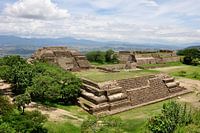 Monte Albán: The Echo of the Ancient ZapotecsFrank Photos
Monte Albán: The Echo of the Ancient ZapotecsFrank Photos The Lone Tree Under the Relentless Sun of UluruFrank Photos
The Lone Tree Under the Relentless Sun of UluruFrank Photos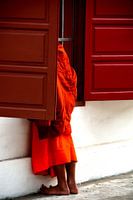 Innocent curiosity of a young monkFrank Photos
Innocent curiosity of a young monkFrank Photos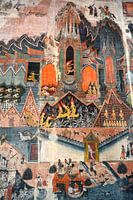 Eternal Beauty: The Murals of Wat Pa HuakFrank Photos
Eternal Beauty: The Murals of Wat Pa HuakFrank Photos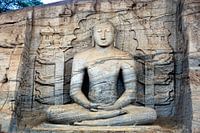 Meditating Buddha at PolonnaruwaFrank Photos
Meditating Buddha at PolonnaruwaFrank Photos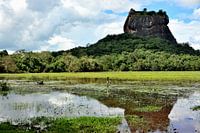 The Ruins of Sigiriya Reflected in the PondFrank Photos
The Ruins of Sigiriya Reflected in the PondFrank Photos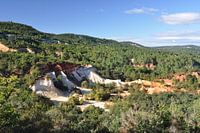 A mineral landscape in vibrant coloursFrank Photos
A mineral landscape in vibrant coloursFrank Photos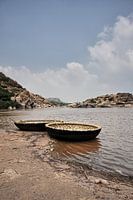 Hampi, the mystical city of lost templesFrank Photos
Hampi, the mystical city of lost templesFrank Photos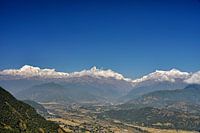 Between Heaven and Mountains: Sarangkot in the Heart of the HimalayasFrank Photos
Between Heaven and Mountains: Sarangkot in the Heart of the HimalayasFrank Photos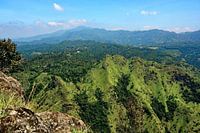 Spectacular scenery on the Ella Rock trekFrank Photos
Spectacular scenery on the Ella Rock trekFrank Photos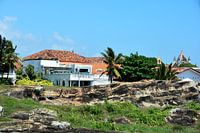 Galle, cobbled streets and ocean viewsFrank Photos
Galle, cobbled streets and ocean viewsFrank Photos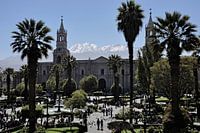 Central Square: the jewel of ArequipaFrank Photos
Central Square: the jewel of ArequipaFrank Photos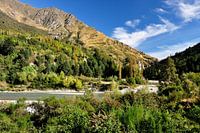 Queenstown: between mountains and crystal-clear lakesFrank Photos
Queenstown: between mountains and crystal-clear lakesFrank Photos Black swan in the magic of Te PuiaFrank Photos
Black swan in the magic of Te PuiaFrank Photos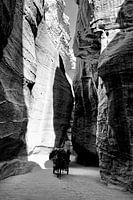 The road to the ancient city of PetraFrank Photos
The road to the ancient city of PetraFrank Photos Hundred-year-old cacti dominating the Salar d'UyuniFrank Photos
Hundred-year-old cacti dominating the Salar d'UyuniFrank Photos Life in Banaue, land of rice paddiesFrank Photos
Life in Banaue, land of rice paddiesFrank Photos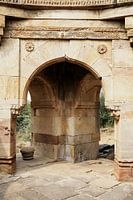 Bairam Khan's Makbara in IndiaFrank Photos
Bairam Khan's Makbara in IndiaFrank Photos

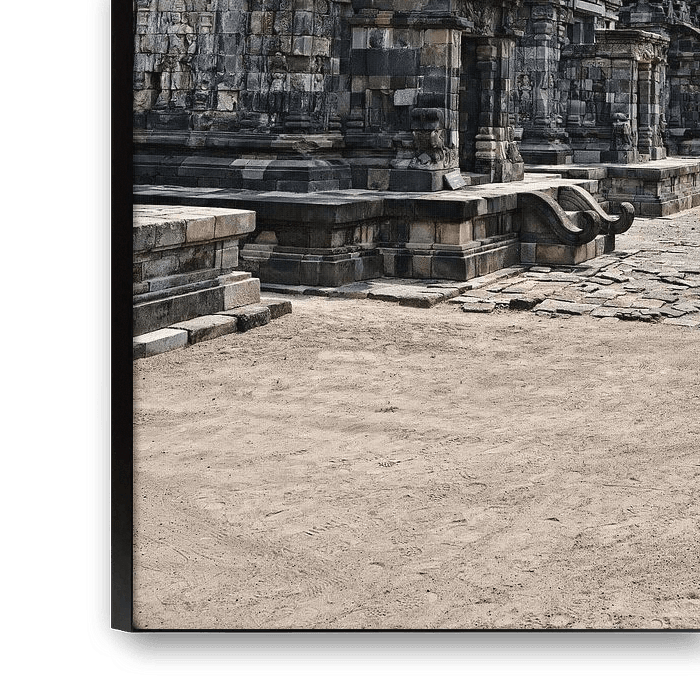





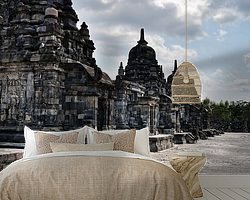





 Architecture
Architecture Indonesia
Indonesia Photo wallpaper
Photo wallpaper Photography
Photography Powerful Expression
Powerful Expression Ruin
Ruin Serene Peace
Serene Peace Temple
Temple









